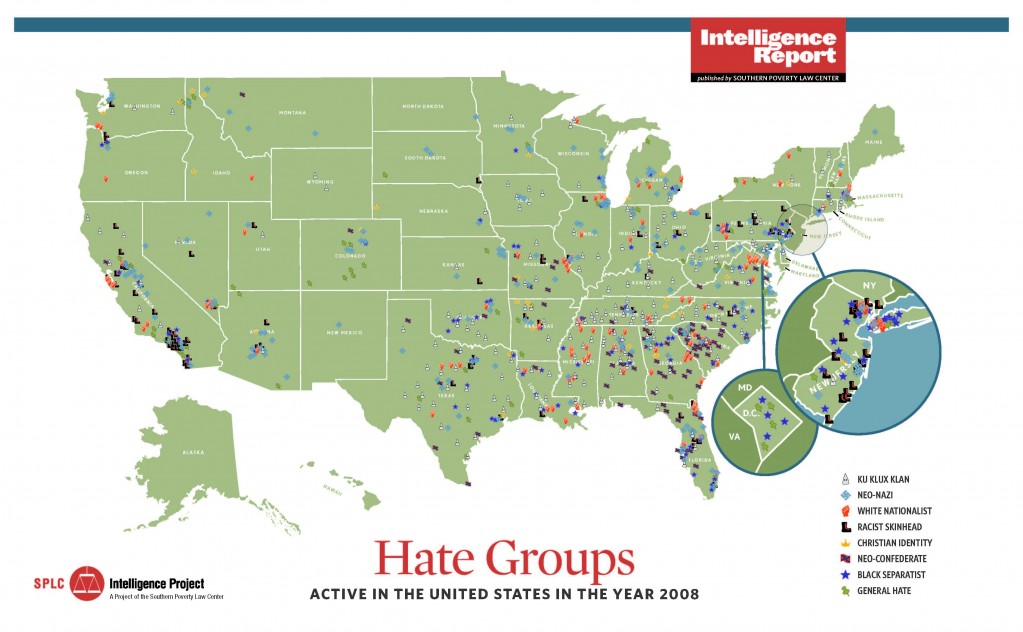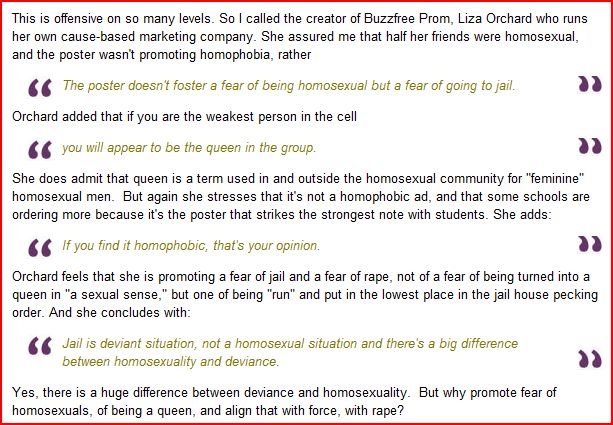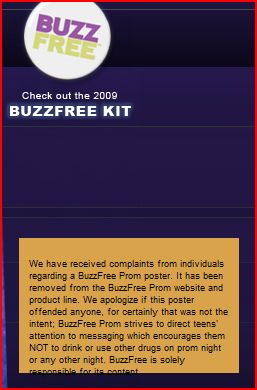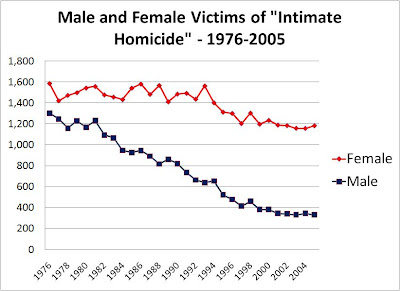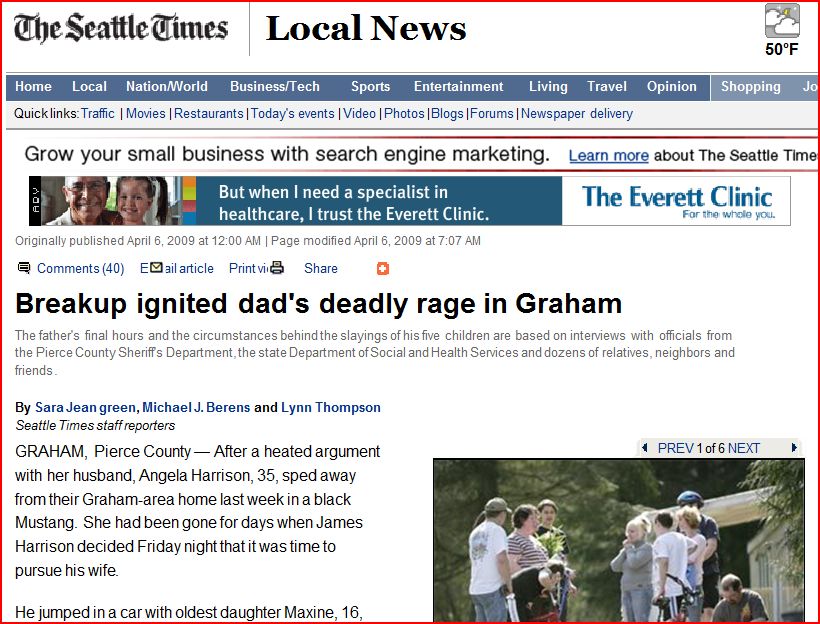Various journalists and scholars have pointed out over the years that movies and TV shows often portray as romantic behavior that is fairly indistinguishable from stalking. A good example of this is There’s Something about Mary, in which three men engage in some really sketchy behavior–in one case literally spying on her with binoculars. And while we’re supposed to find them crazy and obsessed, this doesn’t preclude her from getting together with one of them. This type of thing shows up often–one character (usually a guy, though not always) follows another character (who has rejected previous advances) around or sleeps on her lawn or declares he’s in love at first sight or does something else that is supposed to be evidence of deep and abiding love.
But of course, there’s a more disturbing way to interpret that behavior. I once had to contact security and have a man removed from campus when one of my female students anxiously told me that a man she had a restraining order against for stalking (and who wasn’t a student) was outside the classroom. She thought she had escaped him when she moved to college and was very scared that he’d shown up, hours away from their hometown. She didn’t find the behavior romantic or cute; it didn’t make her eventually think she should give him a chance in return for his persistence. It made her feel truly frightened.
Anyway, that’s an overly-long introduction to a video (found here) sent in by Matt W. The creator, Jonathan McIntosh of Rebellious Pixels, edited together scenes from Buffy the Vampire Slayer with scenes of Edward Cullen from the movie Twilight to show how behavior that is depicted as protective and romantic in the film (and book) could also be seen as disturbing:
McIntosh says,
Seen through Buffy’s eyes, some of the more sexist gender roles and patriarchal Hollywood themes embedded in the Twilight saga are exposed in hilarious ways. Ultimately this remix is about more than a decisive showdown between the slayer and the sparkly vampire. It also doubles as a metaphor for the ongoing battle between two opposing visions of gender roles in the 21st century.
I think it’s a great conversation starter (and I’m always happy for an excuse to talk about Buffy).
Gwen Sharp is an associate professor of sociology at Nevada State College. You can follow her on Twitter at @gwensharpnv.



